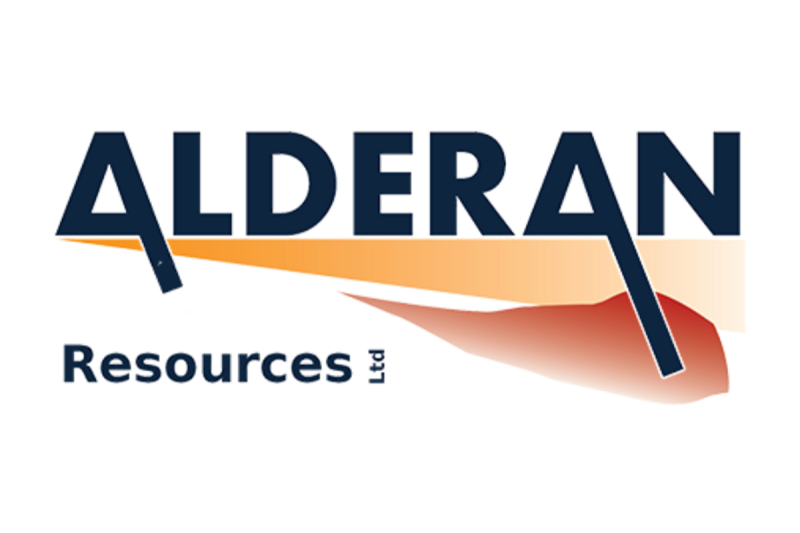Alderan Resources Limited (ASX: AL8) (Alderan or the Company) is very pleased to announce that approval has been received from Utah’s Department of Oil, Gas and Mines (DOGM) to commence drilling at the New Years copper prospect in the Cactus district of the Frisco copper-gold project. The approval allows Alderan to drill three Stage 1 holes while archaeological investigations are carried out on Stage 2 drill sites which have not undergone prior archaeological review. Alderan will now liaise with the drilling company which is on standby for the programme on rig availability ahead of confirming a start date which is expected to be in August.
HIGHLIGHTS
Approval has been received from Utah’s Dept of Oil, Gas and Mining to commence drilling at the New Years copper-gold prospect – Stage 1 drilling expected to start in August.Shallow historical drill intersections into New Years and the gap between the Cactus and New Years magnetic anomalies include:13.7m @ 2.32% Cu within 19.8m @ 1.67% Cu from 22.9m downhole (NY-6)10.7m @ 1.52% Cu within 27.4m @ 0.85% Cu from surface (NY-2)10.7m @ 1.60% Cu and 4.6m @ 1.3% Cu within 42.7m @ 0.80% Cu from surface (NYM-1)New Years sits in the same magnetic low corridor 400m northwest of the historical Cactus and Comet copper-gold mines – all have coincident magnetic low anomalies.New Years pXRF soil assays highlight a 400m x 300m anomaly with grades up to 0.33% copper plus three additional anomalies.New Years has received no drilling since the early 1960s and has potential for both oxide and primary copper mineralisation.New Years is one of twelve new Cactus ‘look-a-like’ magnetic anomalies highlighted by Alderan’s 3-D magnetic inversion modelling.Alderan’s 3-D modelling of the Cactus and Comet deposits suggests that mineralisation remains open and that more remains than was historically mined.
Cactus is an historical copper-gold mining district in the Frisco project in southern Utah, USA. Reported historical production at the Cactus mine was 1.27Mt at a grade of 2.07% copper, 0.33g/t gold.1 The New Years prospect lies approximately 400m northwest of Cactus mine in the Cactus Canyon fault zone which also hosts the historical Comet gold-copper mine. Historical drilling in the 1960s at New Years intersected 13.7m @ 2.32% Cu within 19.8m @ 1.67% Cu from 22.9m downhole (NY-6) and 10.7m @ 1.52% Cu within 27.4m @ 0.85% Cu from surface (NY-2). Hole NYM-1 drilled midway between Cactus and New Years in 2002 intersected 10.7m @ 1.60% Cu and 4.6m @ 1.3% Cu within 42.7m @ 0.80% Cu from surface.2
Managing Director of Alderan, Scott Caithness, commented:
“Alderan is very excited to receive approval from Utah’s Dept of Oil, Gas and Mining to enable drilling to get underway at New Years. Our next step is to liaise with the drilling company on when it can get a rig to site to commence the programme however our expectation is that this will be in August.
“New Years is an outstanding copper target in the multi-target Cactus copper-gold district. It lies within the northwest structural corridor which hosts the historical high grade Cactus and Comet copper-gold deposits, it has a coincident magnetic low anomaly, a 400m x 300m copper soil anomaly with pXRF grades up to 0.33%, surface rock samples that grade up to 4.6% Cu and high-grade 1960s drill intersections of +10m grading +1.5% Cu. The soil sampling has identified three additional anomalies on the New Years grid and the magnetic inversion modelling has highlighted twelve Cactus ‘look-a-like’ magnetic anomalies.
“New Years has not been drilled since 1964 hence Stage 1 drill holes will include verifying the historical holes ahead of Stage 2 holes which will focus on stepping out and extending the mineralisation.”
New Years Prospect Proposed Drilling
Stage 1 drilling at New Years will be carried out from three permitted drill sites as outlined in Table 1.3 The holes are designed to confirm and potentially extend the mineralisation intersected in historical holes, some of which date back to 1964.
The Stage 2 drill holes are designed to extend the mineralisation expected in the initial round of drilling and also test anomalies identified from the geophysical modelling. Archaeological investigations will be carried out on some of these sites prior to approval from DOGM for the Stage 2 drilling. These investigations are standard procedure in Utah and primarily involve assessing the location and significance of historical mining relicts and whether the drill sites will impact any that are significant. The results of previous archaeological studies in the area has not impacted exploration.
Click here for the full ASX Release
This post appeared first on investingnews.com
